Vintage Tribal Kilim Runner 3' 2" x 10' 11" (38" x 131")
Type:
Kilim RugsCollection:
Tribal RunnersID:
K0077516Size:
Material:
The designs feature a rich array of symbols representing tribal culture and Anatolian motifs, often in the form of medallions, diamonds, and other geometric shapes.
The designs feature a rich array of symbols representing tribal culture and Anatolian motifs, often in the form of medallions, diamonds, and other geometric shapes. These kilim runners are ideal for hallways and narrow spaces, offering a touch of ethnic charm and artisanal quality to any interior.
Herki kilims not only serve as functional floor coverings but also as artistic expressions of tribal identity, making each rug a unique cultural artifact.
Design Elements
- Overall Structure: The kilim runner features a long, narrow design typical of runners, making it ideal for hallways or entry spaces.
- Symmetry and Repetition: The motifs are arranged symmetrically, adding balance and harmony to the design, which enhances the visual flow.
- Geometric Patterns: The motifs are predominantly geometric shapes, indicative of traditional tribal artistry, symbolizing different meanings and cultural significance.
- Fringe Detail: The natural fringes at each end enhance the authentic aesthetic, contributing a handcrafted feel to the piece.
Colors
- Warm Reds and Oranges: These vibrant colors evoke warmth, energy, and passion. They are often associated with a sense of comfort and hospitality.
- Earthy Browns and Beiges: These colors provide a grounding effect, symbolizing stability and connection to nature, enhancing the organic feel of the rug.
- Pinks and Pastels: The softer hints of pink provide contrast and balance to the stronger colors, giving depth and complexity to the overall appearance.
- Accent Colors: Blue and green shades are used sparingly, symbolizing tranquility and balance, and adding an element of coolness to offset the warmer tones.
Main Motifs and Their Symbolism
- Diamond Shapes: Often represent the idea of protection and standing strong against adversity.
- Cross Patterns: Symbolize unity and the four elements, representing a harmony between opposites.
- Leaf and Flower Motifs: These elements signify fertility, life, and the natural cycles of growth and renewal, connecting the rug to the concept of nature.
- Horizontal Lines: They convey a sense of stability and security, allowing for the viewer to feel grounded when observing the rug.
- Border Design: The borders often frame the central motifs, symbolizing a protective barrier and representing the home as a place of safety.
Summary
The vintage tribal kilim runner showcases a rich tapestry of design elements characterized by symmetry, geometric patterns, and vibrant colors. The interplay of warm reds, earthy browns, and pastel hues enriches the aesthetic while symbolizing various cultural meanings. The main motifs, such as diamond shapes and floral designs, imbue the rug with deep emotional resonance, relating to protection, unity, and the beauty of nature. This handcrafted piece serves not only as a decorative element but also as a storyteller, conveying the legacy of its tribal origins.
- Ships in 1-4 business days
- Only one in stock, handmade, unique
- Free shipping via FedEx Express. Easy returns
- Contact us or add a note to your order if you want us to delay your shipping.
- Request more info if you want this rug shorter or narrower
Colors may appear slightly different across various monitors due to screen settings device differences, and external lighting conditions. If color accuracy is important for your space, we recommend viewing the rug on multiple devices or contacting us for a detailed color description. We can provide detailed photos and references using Sherwin-Williams, Benjamin Moore, Pantone, or even Crayola crayons.
You can also visualize most of our products in your own room with AR (augmented reality) on an iPhone or iPad.
Return Policy
Need a rug pad? We recommend RugPadUSA
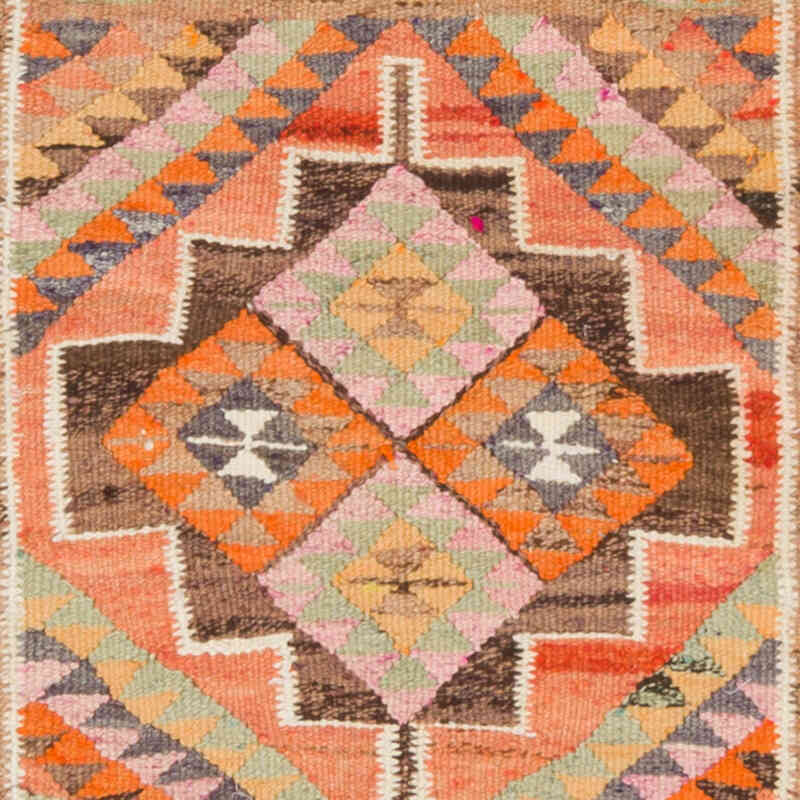
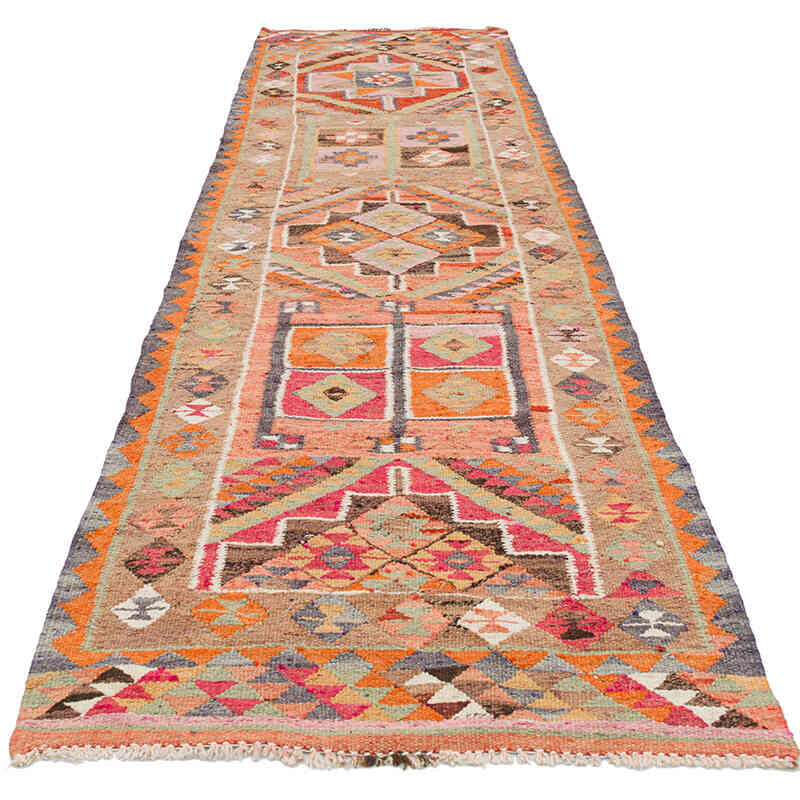
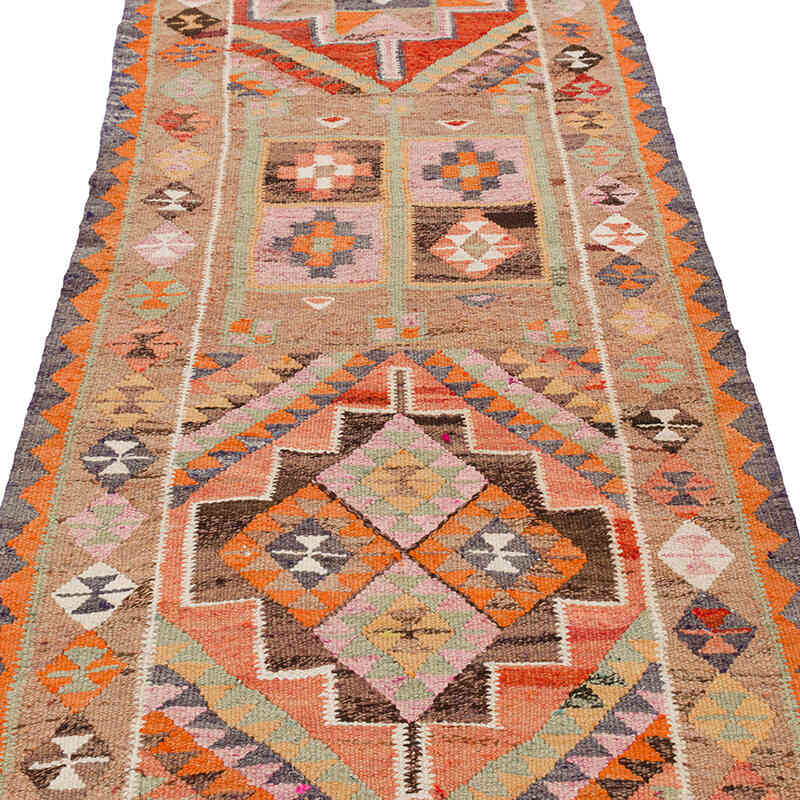
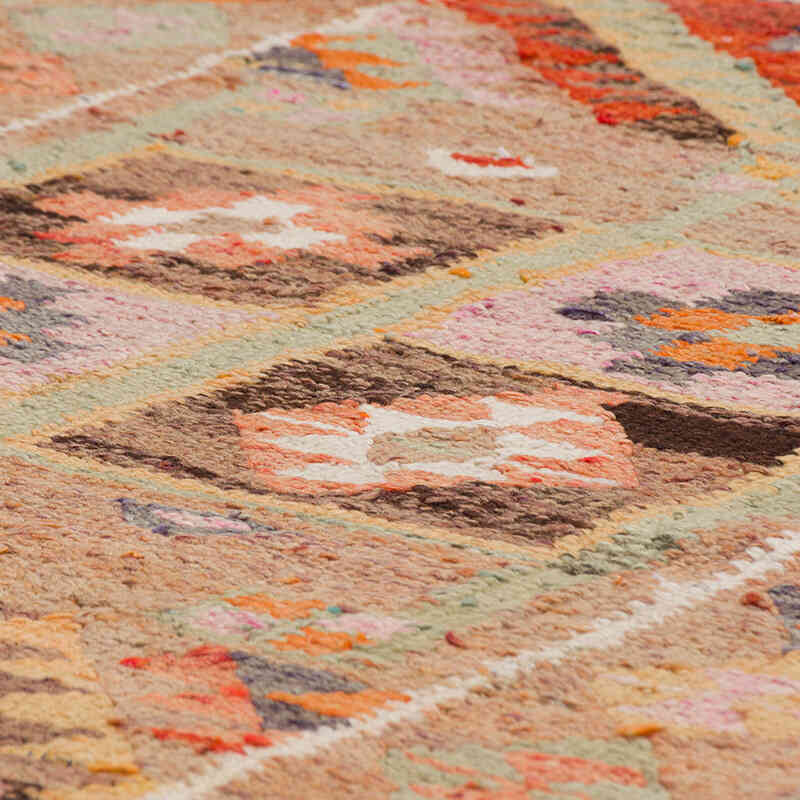
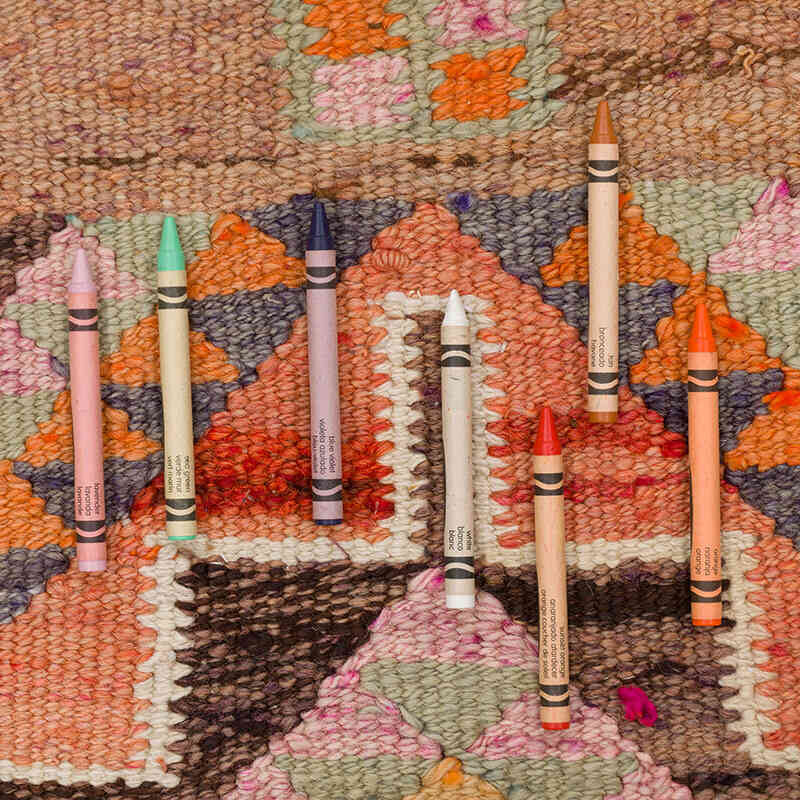
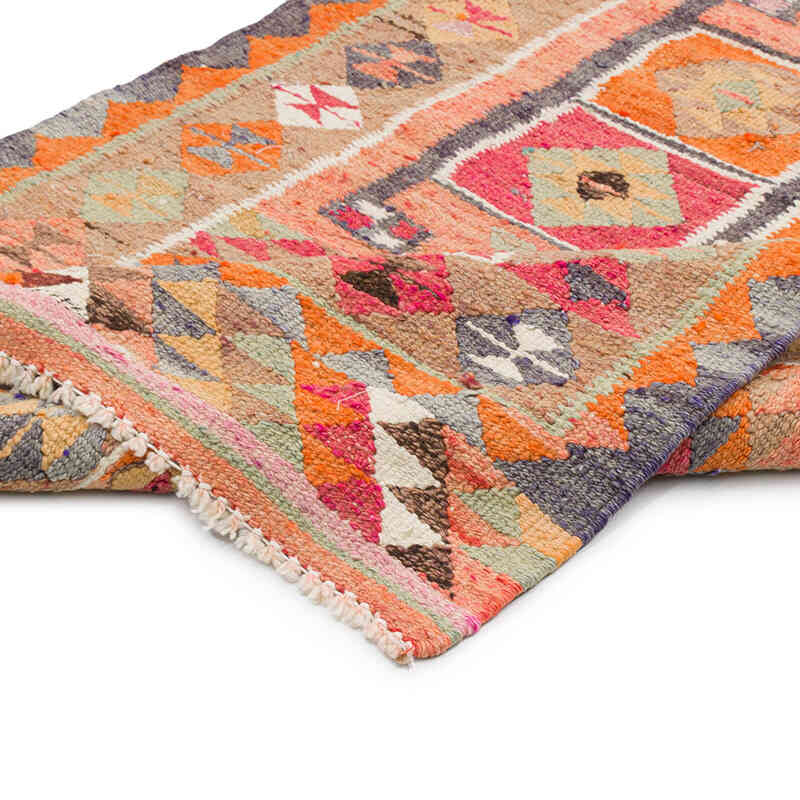

















Excellent service. Thank you.